As a Dance/Movement Therapist, one of the most common questions I get asked is, “Am I going to have to dance in our one-on-one session?” The answer I give is that there is absolutely NO expectation to dance or perform in any way during our therapy sessions. I am well aware that while dancing brings me joy, it can bring up a lot of fear in people about performing correctly or doing it ‘right.’
Dance/Movement Therapy started as a group practice as it is often feels more natural to dance within a group and have a communal experience. Most of our ancestors danced and/or celebrated, had rituals, etc. involving the community. Tribal culture is in our body memory, even if we can’t consciously recall what it was like to be part of a community in that way.
However, I digress…
When it comes to one-on-one sessions, there is an invitation to be with and listen to the body. The body can be seen as an ally as we learn to treat it with kindness and curiosity. In our work together, I will support you in finding ways to hold and hear out the wounded parts so that more vitality and joy in your being can ultimately be accessed.
In therapy, there is also a dance of interpersonal relationship and noticing what comes up within this dynamic. We are wired for all kinds of relationship with others, including communal and dyadic (1:1), but we often have traumas or wounds that keep us from being fully ourselves in these dynamics. If some aspect of us was continually rejected or ridiculed, we often learned to hide that part from others as a way of survival. However, this often leads to us feeling like we cannot be our true selves with others so we might, for example, create a self that doesn’t feel like who we really are. We might also turn to addictive substances, behaviors or toxic relationship patterns as a way to manage our pain. It also might lead to chronic anxiety, depression or even chronic pain as we get so used to burying parts of ourselves that we can’t even recognize when these parts are calling for our help and attention.
Individual therapy is a safe place to become familiar with these parts of ourselves who are demanding our attention through symptoms and challenges which arise in our lives. The relationship between therapist and client is a safe and protected space where all parts of the client are invited to be present.
When the mind/body feels a sense of safety and acceptance within a relationship, it can start to repattern and integrate itself. This can happen just through talking as our mind/body knows when it feels ‘felt’ and understood and can find a deeper sense of relaxation and integration. I will continually check in with you to see how you feel throughout the session, as this can be a gauge for any shifts which occur.
Sometimes I will employ techniques such as Brainspotting or guided meditation as a way to help you access your core self and bring awareness to parts which may be trying to get your attention. Internal Family Systems (IFS) is another approach I often use to help people understand parts of themselves which may need more attention.
As a trauma-informed therapist, I take signals from you which way the session will go. Sometimes there is a lot of talking and sometimes more silence is needed. I will take cues from you and check in with you throughout the session. I have found that there is always an inherent wisdom which comes through and it is just about finding ways to tune into that frequency. I will be your guide in this endeavor and one day you will learn to tune into it yourself.


